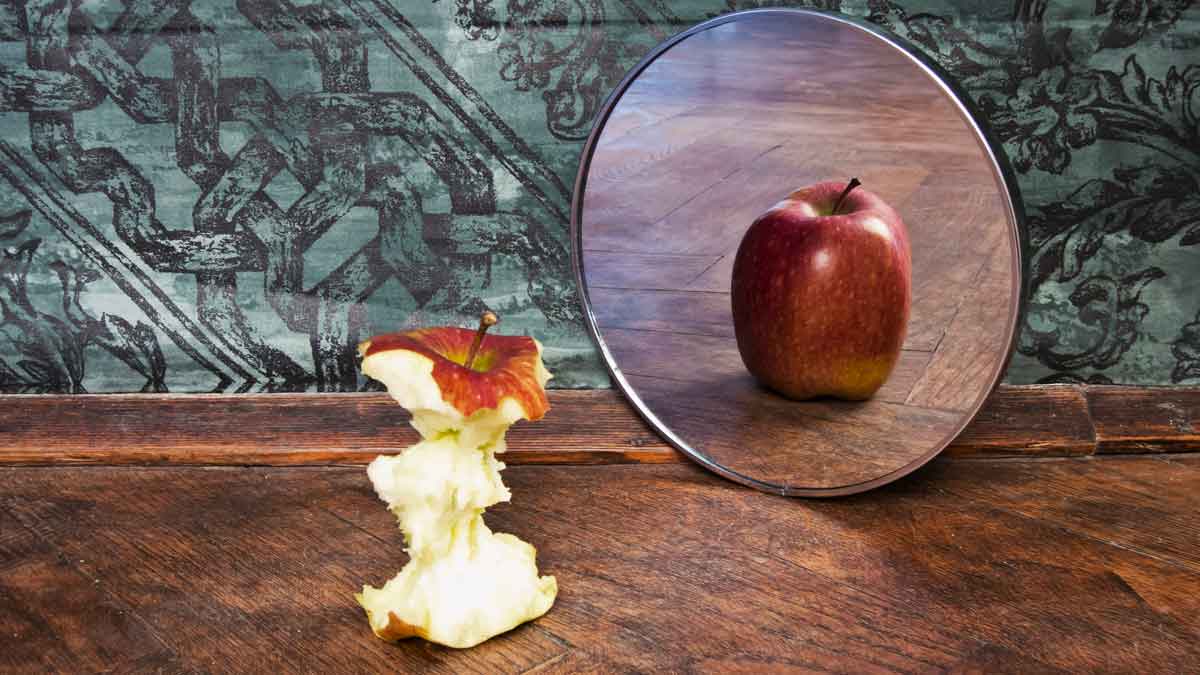If you want to create an unbeatable value proposition with your B2B product, understand customer value by moving to the highest of 6 levels for customer insight. Then quantify value by building a value calculator, and communicate value with a B2B-optimized product launch. ... Read More
Article
Awkward Reality #121
Validating hypotheses with customers distorts your entire new product development process.
Confirmation bias is the “tendency for people to favor information that confirms their preconceptions or hypotheses, regardless of whether the information is true.” It’s what happens when you take your lovely new-product hypotheses to customers. This systematically distorts data on customer needs… and that can’t be good for innovation, right?
More in article, Give your Hypothesis the “Silent Treatment” (Originally published in B2B Organic Growth).
Awkward Reality #120
Focus your innovation on market segments… or “clusters of customers with similar needs.”
Ultimately, everything your business does should be about efficiently delivering value to customers. If you don’t focus on clusters of like-minded customers, their needs will be randomly observed by different people in your company at different times under different conditions. Not an efficient way to develop new products—your lifeblood.
More in New Product Blueprinting article, How’s Your Market Segmentation?
Awkward Reality #119
There’s no need to accept much commercial risk… unless you’re a thrill-seeker.
When you finish the front-end of innovation, you may have plenty of technical risk ahead. But you can examine B2B customer outcomes at nine levels, and gain an incredible understanding of the customer’s world. Done well, your commercial risk should be negligible when you enter the development stage.
More in white paper, Timing is Everything (page 6).
Awkward Reality #118
Don’t rely on a small staff of voice-of-customer experts to do your company’s interviewing.
Large businesses chalk up thousands of face-to-face customer meetings each year… as sales and technical service reps go about their normal duties. Why not train these people to become VOC experts? They’ve already gained customers’ trust, they know the customer’s language, they’ll get key information first-hand, and there’s no extra travel cost.
More in article, The Cost Cutter’s Guide to Growth (Originally published in B2B Organic Growth newsletter).
Awkward Reality #117
It is easy to tell if your interview is supplier-led or customer-led.
If you’re dragging in your list of questions and the customer feels they’re doing you a favor… it’s supplier-led. But if you keep the scope broad enough to interest them, let them lead you to what interests them, and help them think deeply through attentive probing… it’s customer-led. It’s also much more effective.
More in article, The Best Customer Interviews Use a Digital Projector (Originally published in B2B Organic Growth newsletter).
Awkward Reality #116
In one study, 76% said their interviews led to unexpected or surprising information.
And that’s the point, isn’t it? If we just try to develop the products our customers ask everyone for, and we haven’t cornered the market on R&D genius, we’ll keep struggling with differentiation. But if we intentionally expose ourselves to unexpected information—that our competitors lack—we’ll create more significant, protectable value.
More in article, Do You Really Interview Customers?
Awkward Reality #115
The greatest danger in customer interviews is hearing what you want to hear.
Your new product development should start where it ends: with the customer. When you take your “pride and joy” hypothesis to customers and ask their opinion, two bad things can happen: 1) They tell you what they think you want to hear. 2) You hear what you want to hear. Start by uncovering their needs, not testing your pre-conceived notions.
More in article, Give your Hypothesis the “Silent Treatment (Originally published in B2B Organic Growth).
Awkward Reality #114
You say your B2B customers can’t tell you their needs? That would be a first.
It’s much more likely you don’t know how to ask them. B2C customers can seldom describe what will entertain them or boost their self-esteem. But B2B customers are knowledgeable, interested, and objective. They may not know the solutions, but they do know their desired end-results. You’ll learn this when you learn how to ask.
More in e-book, Reinventing VOC for B2B (page 15).
Awkward Reality #113
The best way to hear (the customer) is often to see.
One of our best innovations started as an experiment. In 2004 I projected my notes during a customer interview. The customer loved it, the meeting went far longer than expected, and we haven’t looked back since. Sure, customers can correct your notes this way, but our biggest discovery was that customers own what they create and can see.
Read more in the article, The Best Customer Interviews Use a Digital Projector (Originally published in B2B Organic Growth newsletter).









